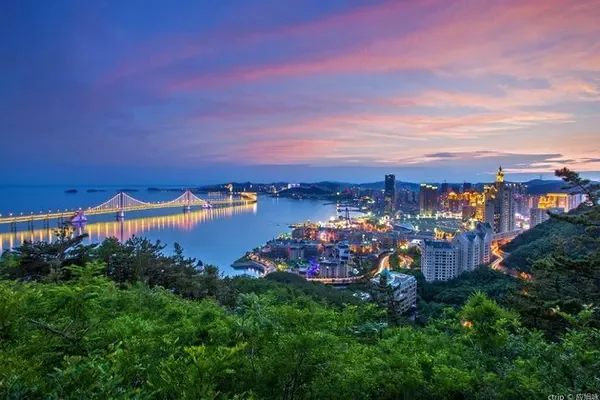introduce
The Zhongshan Grottoes are also known as "Puji Temple", "Puji Temple", "Shigong Temple" and "Wanfo Rock". It was first built in the Song Dynasty, and it was built over thousands of years in the Tang, Song, Jin, Yuan, Ming, and Qing Dynasties. According to historical records, there are 18 caves in total. Now only five caves have been excavated, all of which are national cultural relics. The entire grotto is built along the mountain, facing south from north. It is adjacent to the Qingfeng Mingyue Theater in the east, the Xiuyan River in the south, and the ancient city of Anding in the west. It is the only way to pass through the northern line of the Silk Road in China.
The scenic area includes five parts: Zhongshan Grottoes, Xiaosi Palace, Brick Pagoda of Shiku Temple, Futu Pagoda of Great Monk Huishan, and Futu Pagoda of Great Zen Master Songyan. There are more than ten thousand Buddha statues of different sizes in the grottoes, so it is called Wanfo Rock, which was built in 1067 in the Song Dynasty). The relief Buddha statues are patchwork and finely crafted. Chinese and foreign scholars believe that its historical value and artistic value are not inferior to Yungang Grottoes, Longmen Grottoes, and Dunhuang Mogao Grottoes. Known as "the rare grottoes in the world" and "the second Dunhuang", it has extremely high historical, scientific and artistic values.
opening hours
08:30-17:00 throughout the year; the specific business status is subject to the opening of the day

